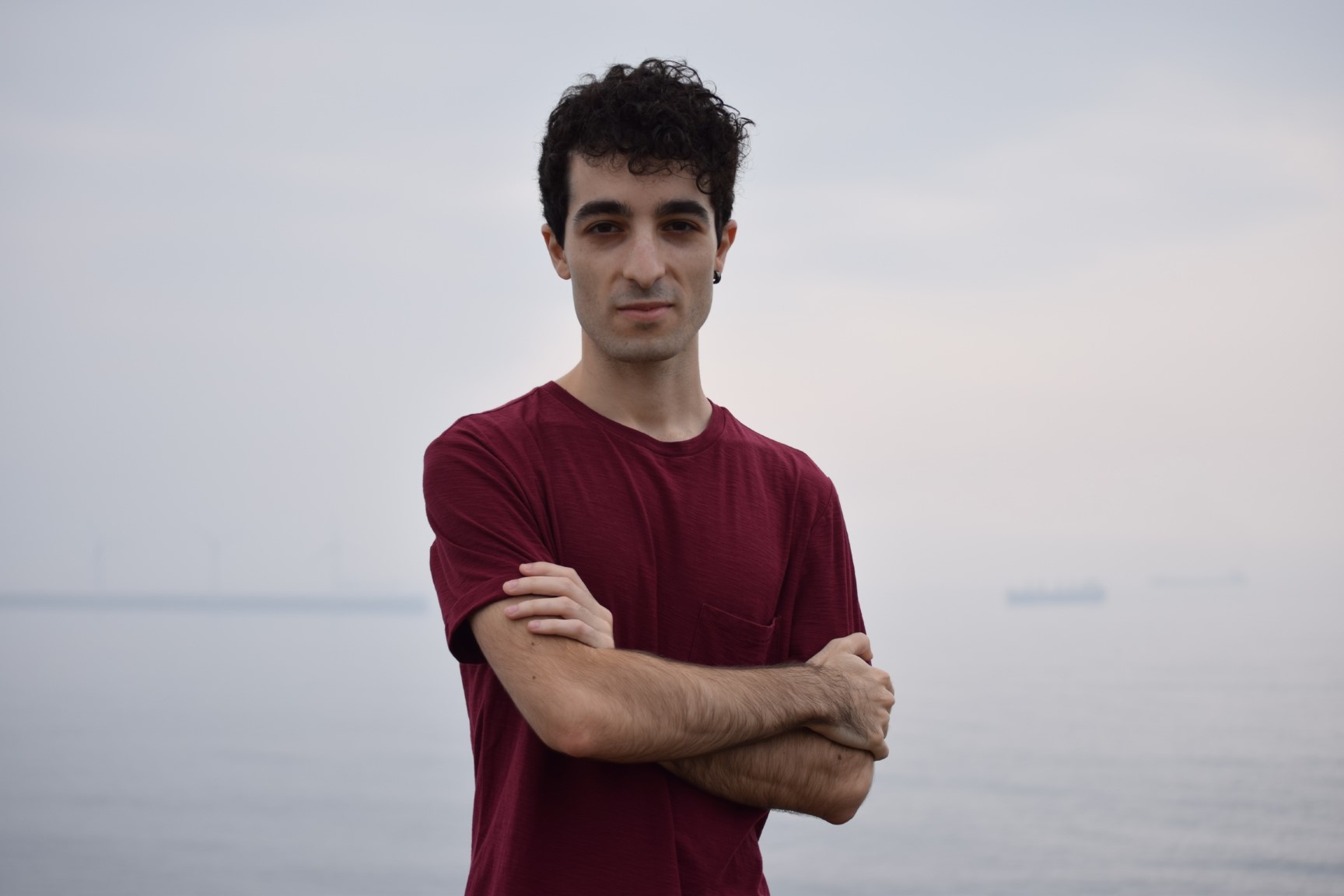
Ismael & the Open Data
What is Open Data? And what are the uses of it?
The European Data Portal defines Open Data as data that anyone can access, use and share, and which can be used by governments, businesses and individuals to bring social, economic and environmental benefits. In short, it is a version of open source applied to data, so that it can stay in the public domain for free use.
The uses are innumerable, but obviously it depends on the area whose data is being used. In environmental data such as the one that most concern us in Dataseeds, it can be used to monitor the state of forests, seas, etc. In a political area, it can help to achieve a greater transparency towards citizens. And in the economic area, open data can be used to analyze the performance of companies or organizations.
It is also worth noting the importance of not only the raw data that is published within everyone’s reach, but the added value that lies within, as from analyzing this kind of large amounts of data from different areas usually emerges new patters and relation that results in more information.
How do you think open data can help farmers?
The world is currently in the fourth industrial revolution (or 4.0 industry), where factories and lines of productions are being improved thanks to the analysis made by networks of computers and sensors. But the agricultural seector hasn’t implemented these technologies as much as other areas, and for that to improve there needs to be more data.
When applied correctly with advanced algorithms, agricultural open data contributes tremendously in decision processes, achieving improvements in productivity and efficiency.
What has it been like to work with the data offered by the EU?
It’s been a joy to work with such a well organized page, where all the data was fully labeled, filled with more useful information, related links… and most importantly: easy to get the data you wanted in the format you desired. In the world of data science, collecting and processing the data is usually one of the most tedious tasks, but in this case, it never took me more than an hour from zero to having a first stable iteration of a visualization for Dataseeds.
It was also a really nice addition being able to embed the CORDIS map by just copying a few lines of code, whose complexity made it imposible to create it from the raw dayasets like I did with the rest of the visualizations.